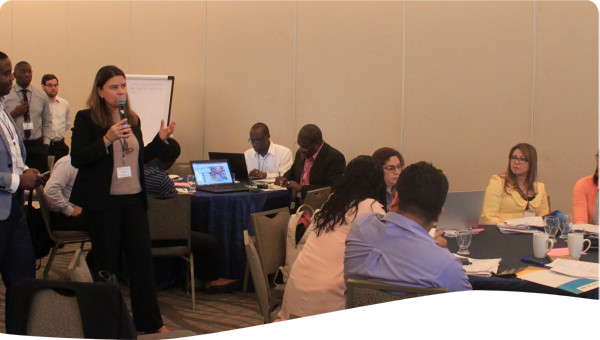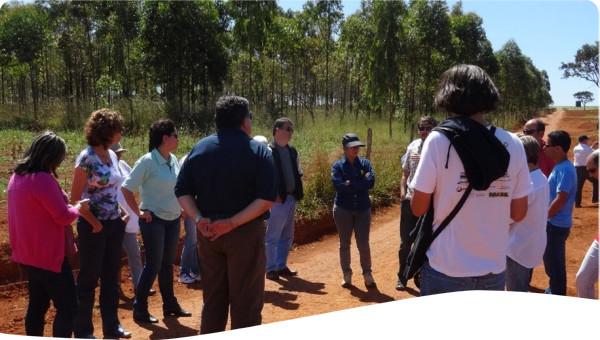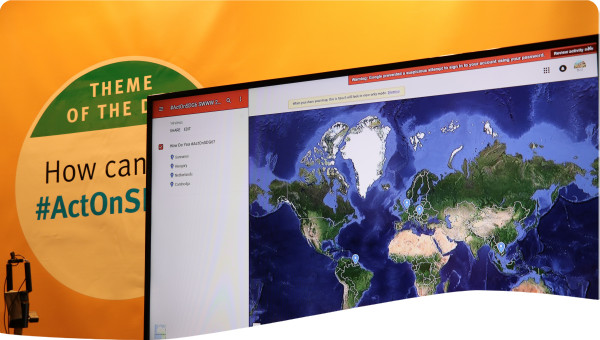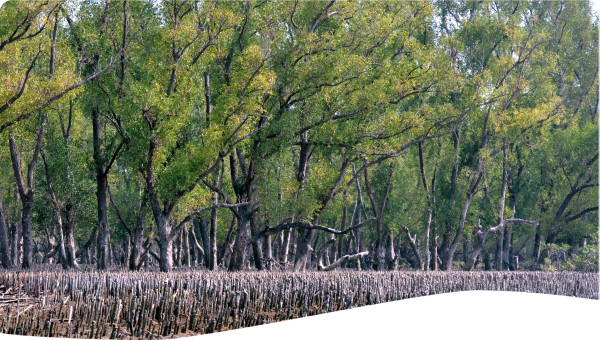The national reserve Sur is deteriorating. Action has been taken by NGOs to initiate a project to restore water and soil conditions in the reserve. Despite the projects importance, it failed to be implemented due to conflicts with national authorities. This case illustrates the danger of EU initiatives being implemented without an active public involvement since this creates risks of low acceptance of local communities and land owners.
The national nature reserve Sur (NNR Sur) is located in Danubian Lowland in south Slovakia. The area was designated as a nature reserve in 1952, with the total area 1,136 ha. The site represents one of the largest areas of natural alder swamp wood (fen) in central Europe with rich variety of rare and threatened habitats, fauna and flora species.
For its importance, the area was designated as internationally important wetland under the Ramsar Convention in 1990, as a first locality from Slovakia. Meadows and seasonal floods suited its biodiversity richness. It also served as natural flood protection of small communities due to a high water absorption capacity of wetland.
However, the natural values of the area have been deteriorated due to many negative influences during several last decades. The most important from all negative factors was the complex drainage scheme; the new canal diverted all the creeks from the Small Carpathian Hills out of the Sur.
The driving force to drain out the area was to increase arable land. However, farmers did not find this area attractive for agricultural purposes, as seasonal floods hampered their agricultural yields.
Thus, local community proposed to expand urban settlements up to the edge of the nature protection zone. This resulted in critical threats to the nature reserve Sur: disturbance (noise and air pollution from local settlements), illegal dumping of solid waste, gradual loss of protected animals that used the area as nesting place, and changes in hydrological regime in the area caused a gradual dry-up of forests.
There are, however, several disturbing factors for newly established houses: a vicinity of wetland represents a high occurrence of mosquitoes, spring and summer rains make urbanised area vulnerable to floods.
In spite of the fact that the NNR Sur is a national protected area with the highest protection regime, low attention has been paid to the managerial, organizational and financial support from the official government authorities. No strategic documentation existed for managing the reserve. Voluntary organized actions of NGOs prevailed over systemic conservation from the side of relevant governmental organizations.
Support came from the European Union under the environmental program LIFE. In 2003, the Association of Industry and Nature Protection (APOP) that groups together 23 outstanding companies in Bratislava received a grant to implement the project “Revitalization of Water Conditions in NNR Sur”. APOP succeeded in attracting the following partners: the Slovak Water Management Enterprise, Slovak Land Fund, Administration of Nature Protection Area Male Karpaty, and the municipality of Svaty Jur. The partners invested 3.8 million Sk (Slovak crowns; about 130,000 EUR) from their own sources, to add to the 11.4 million Sk (about 380,000 EUR) grant from the LIFE Nature 2003 program. The main objective of the project is to restore the water regime in the reserve and to achieve the appropriate status of the scarce wetland communities of alder swamp forests. The project period is 2003 – 2007. The destroyed and obsolete water facilities were reconstructed. The Fanglovsky creek supports the intake of water to the reserve. The Fofovsky creek passes the reserve. This creek was cleaned up and, an embankment was constructed at its end in order to trap the water in the reserve. It was also important to construct outlets on the Chlebnicky canal and to increase the dyke on Cierna Voda stream to avoid the drying up of turf-land in the reserve. In addition, the former “stukovod” (pike-canal) was reconstructed in order to hold the water in the meadows. At the same time, the facility allows the release of water in the high level period thus avoiding the deterioration of the surrounding land.
The technical design and layouts of water management facilities was developed by the Slovak Water Management Enterprise. The technical study the Restoration of the water regime in the Sur NNR was prepared in 2003 – 2004. The technical measures are an essential factor to preserve animal species and vegetation that are bound to the wetlands. Technical measures were proposed to supply the area with water. The environmental impact assessment (EIA) Study was developed to assess alternatives for intake and release of water. Impacts on individual compartments of the environment were quantified, including impacts on fauna, flora and biotopes.
An important part of the study deals with the impact on ground water and soils. The results showed that the implementation of the project will have a positive impact on biotopes in the Sur. The EIA study also recommended to establish a sound monitoring system of ground water levels to serve better tools for decision makers regarding expansion of urbanised areas.
Conflicts in the area:
- Although the wetland posed a rich habitat for wild animals, water birds and fish for local inhabitants, people saw it as a barrier to community development. Public information was limited to the fact that the NNR Sur is a protected area with several bans and restrictions of its utilization. This was obvious during the public hearing (during the EIA process) – local people did not know that the area was designated to a list of national nature reserve, Ramsar site or proposed area under UNESCO World Heritage Site.
- It is an obvious failure of the Government regarding public awareness.
- In addition, most of the local people do not accept the importance of the reserve and do not understand the need for its protection. In addition, the Municipal Council interest was to use the area for urban settlements that would expand current village and increase income to the municipal budget. Hand in hand with a weak management and enforcement of the environmental legislation, a massive campaign against the revitalization project resulted in cutting off the project.
- The project turned into political turmoil between Ministry of Environment and European Commission program (LIFE program).
- Although the EIA study stated that the construction of the water management facilities would have positive impact on the NNR Sur, the Ministry of Environment did not recommend the implementation of revitalization activities. That resulted in the fact that the project endorsed by the EU (under LIFE program) was refused by the national government.
- In addition, the Ministry was heavily lobbied to secure private investment activities. The NNR Sur created a barrier to urban development plans.
- The Ministry stated that prior to any water regime adjustment, a functional monitoring system of ground and surface waters should be implemented in order to ensure that “future economic development of adjacent communities will not be hampered”. The only environmentally positive result is that an education trail was established in the NNR Sur. It comprises 7 educational panels at the 5 km tourist route.
- Unaccepted result is that NNR Sur and other wetlands in Slovakia are now under a careful eye of ecological NGOs. These are afraid that the same fate could happen in other areas as rapid economic growth in Slovakia brings more competition over fragile environmental areas.
According to EU legislation, EU member states are requested to establish the NATURA 2000 sites. However, these are designated without an active public involvement that creates risks of low acceptance of local communities and land owners.
Although the EU LIFE project addressed the “nature protection” aspects, the water issues were a key to the solution. The integrated approach was not applied thus, nature problems were not resolved.
Land use planning should be a significant component of implementing IWRM plan.
Planning process must take into account not only development options within the water sector itself but also scenarios for development and relations between other sectors.
Consequences of water management decisions in other economic sectors should be an integral part of the analyses made during the planning process.
 Case studies
Case studies



